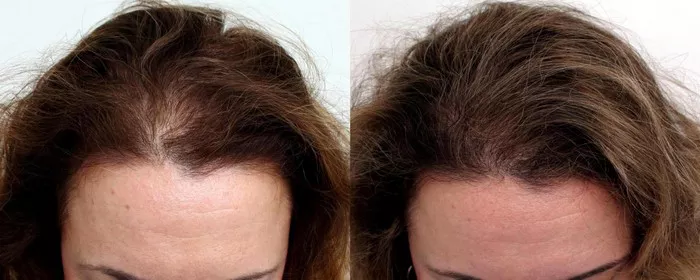Hair loss can be a distressing experience, impacting self-confidence and quality of life. For individuals struggling with baldness, hair transplant surgery has emerged as a popular option for restoring hair and regaining a more youthful appearance. However, there are lingering questions about the long-term effectiveness of hair transplants. In this comprehensive article, we explore the intricacies of hair transplant surgery and investigate whether it truly provides a permanent solution for baldness.
Understanding Hair Transplant Surgery
There are two primary techniques used in hair transplant surgery: Follicular Unit Transplantation (FUT) and Follicular Unit Extraction (FUE).
1. Follicular Unit Transplantation (FUT):
FUT, commonly known as the strip method, involves the surgical removal of a strip of hair-bearing skin from the donor area (typically the back of the scalp). Skilled technicians then dissect the strip into individual hair follicular units for transplantation into the recipient area (balding or thinning region).
2. Follicular Unit Extraction (FUE):
FUE is a less invasive approach where individual hair follicles are harvested directly from the donor area using a punch-like instrument. These follicular units are then transplanted into the recipient area.
The Science Behind Hair Transplant Success
The success of hair transplant surgery lies in the unique properties of hair follicles. Hair follicles from the back and sides of the scalp (donor area) are genetically resistant to the hormone DHT, which is responsible for causing hair loss in individuals with androgenetic alopecia (genetic baldness). When these DHT-resistant follicles are transplanted to the balding areas (recipient area), they maintain their resistance to DHT, allowing for permanent hair growth.
The Transplanted Hair Growth Process
1.The Transplantation Phase:
After hair transplant surgery, the transplanted hair follicles go through a temporary phase called “shock loss” where some of the newly transplanted hairs may shed. This phase is a natural part of the hair growth cycle and typically occurs within the first few weeks after surgery.
2. The Dormant Phase:
Following the shock loss, the transplanted hair follicles enter a dormant phase where they rest and prepare for new growth. This phase can last several weeks to a few months.
3. The Growth Phase:
Eventually, the transplanted hair follicles enter the growth phase, where new hair starts to grow from the transplanted follicles. This process can take several months, and the hair gradually thickens and matures over time.
Factors Influencing Transplant Success
Several factors can influence the success and longevity of hair transplant results:
1. Skill and Experience of the Surgeon:
Choosing a skilled and experienced hair transplant surgeon is crucial for achieving natural-looking and long-lasting results. A skilled surgeon ensures that the donor follicles are extracted and transplanted with precision and artistry.
2. Donor Hair Quality:
The quality and density of the donor hair play a significant role in the success of the hair transplant. Patients with good donor hair characteristics typically achieve better outcomes.
3. Recipient Area Condition:
The condition of the recipient area and the degree of baldness affect the transplantation’s overall success. In some cases, additional transplant sessions may be necessary to achieve the desired density.
Individual Variability in Results
Hair transplant results will vary from person to person:
1. Varied Response to Transplantation:
While most individuals experience successful and lasting results from hair transplant surgery, there is some individual variability in the response to transplantation. Factors such as age, health, genetics, and adherence to post-surgery care can influence the outcome.
2. Realistic Expectations:
Setting realistic expectations is crucial when considering hair transplant surgery. While the procedure can significantly improve hair density and appearance, it may not fully replicate the density of hair during youth or restore a full head of hair in advanced stages of baldness.
Conclusion
Hair transplant surgery is a well-established and effective procedure for providing a permanent solution for baldness. By utilizing genetically resistant hair follicles from the donor area, skilled surgeons can create natural-looking and lasting results. While the transplanted hair requires minimal maintenance, it is essential to consider genetic hair loss’s ongoing progression in untreated areas of the scalp. Combining hair transplant surgery with medical treatments and maintaining a healthy lifestyle can optimize hair restoration outcomes. For individuals seeking a long-term solution to baldness, hair transplant surgery can be a life-changing choice that rejuvenates not just their appearance but also their self-confidence and overall well-being.


